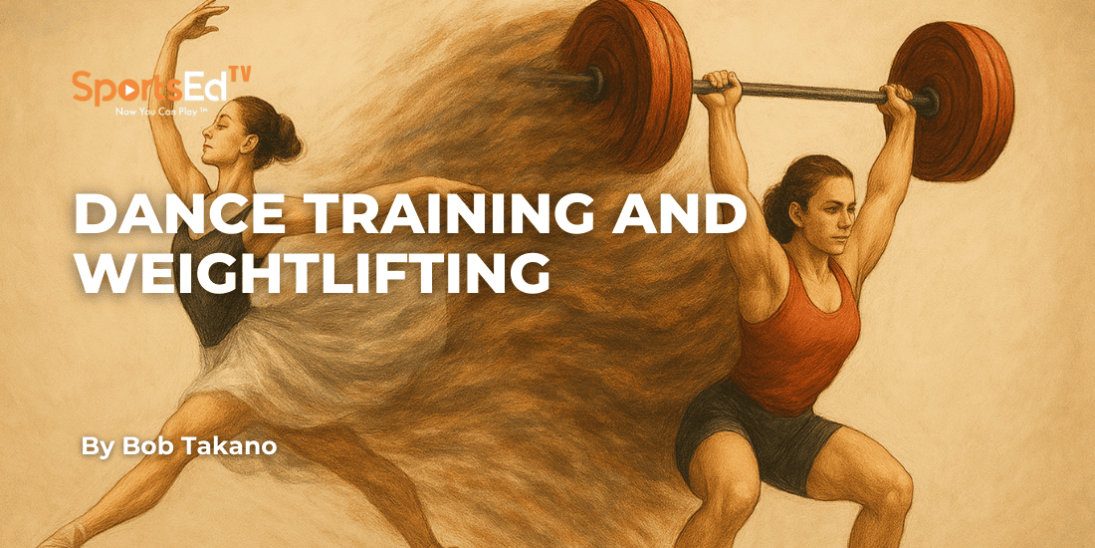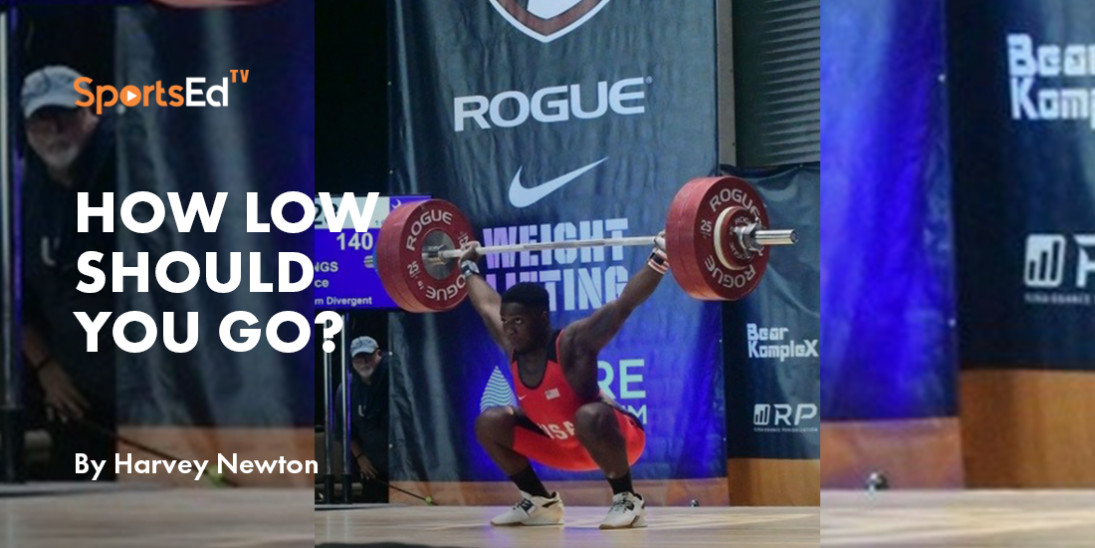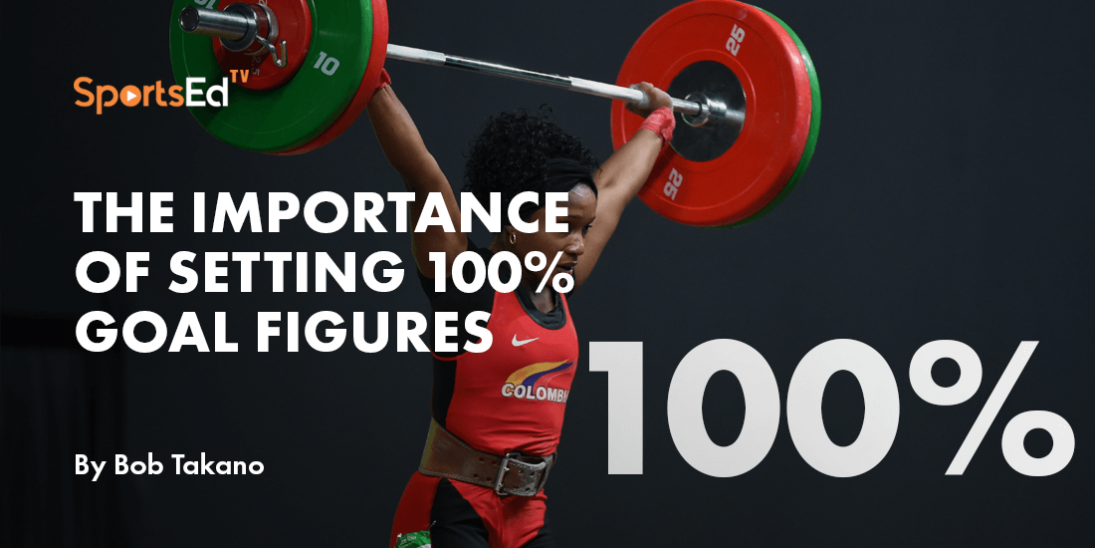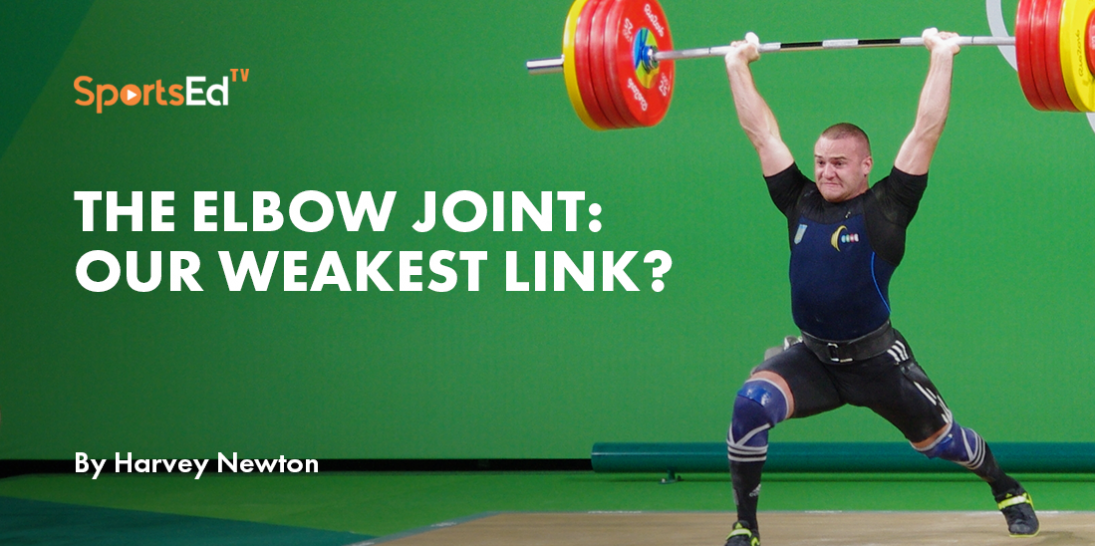Weightlifting
Welcome and thanks for visiting...

Dance Training and Weightlifting: Unlikely Connections for Mastery

For a considerable amount of time, the weightlifting community has proceeded under the concept that the techniques of the snatch and clean & jerk are difficult to master. There are plenty of athletic events that are even more challenging. All of the high-level gymnastics, diving, pole vaulting, hammer throwing, and many other events present even greater challenges to mastery for the average athlete.
The Myth of Weightlifting Difficulty
Part of this mythology about the difficulty of snatch and clean and jerk mastery has deep roots in the history of how many people were first introduced to the sport. For much of the post-WWII history of U.S. weightlifting, the majority of participants came from weight training or bodybuilding, both of which have minimal requirements of neuromotor complexity. Just because weight training and weightlifting both involve the lifting of barbells, it is a mistake to believe that they share the same degree of athletic proficiency.
The Role of Neuromotor Development in Weightlifting
If we were to survey the histories of our best weightlifters, it would not be surprising to find that they have extensive backgrounds in various sports that provide opportunities to develop neuromotor skills.
The Intersection of Dance and Weightlifting
The impetus for the theme of this post had its birth a long time ago, although I’ve recounted the concept in many of the courses and clinics I’ve taught. It originated during the last four years of my teaching career when I was the coordinator for the Medical and Performing Arts Magnet programs at Van Nuys High School in Los Angeles. As the PA coordinator, I would periodically visit the classrooms in the program to get a feeling for our offerings.
From my observations of the Dance classes, I learned how the dancers learned dance routines. The instructor, Mike Nakauchi, a world champion baton twirler and professional dancer, would have the lead dancer demonstrate the series of moves he wanted his students to master. The students would then attempt to mimic the prescribed moves. This style of teaching and learning was very effective and developed mimicry skills in the students.
Why Dance Backgrounds Benefit Weightlifters
Concurrently, in my weightlifting coaching, I would occasionally have athletes with extensive dance backgrounds. On each occasion, I did not have to coach technique in my standard fashion. All that was necessary was for these athletes to observe a properly executed snatch or clean and jerk and then engage in practice. Technical mastery would often be developed in less than a week. The mimicry skills and the kinesthetic sense enabled such rapid progress.
Key Takeaways: The Value of Dance in Weightlifting and Sports
So the two points I’d like to make in conclusion are:
-
Sometimes, you need to look outside conventional wisdom in order to unearth some novel and more effective ways to solve problems.
-
Parents interested in giving their children a leg up in the realm of neuromotor development can certainly do no better than to enroll them in a quality dance class. Dance is a foundational skill that will greatly facilitate skill acquisition in a wide variety of sport activities.
An Example of Dance and Weightlifting Synergy
Let me close by relating one example. One of the dancers dropped by my gym one day to learn what lifting was all about. After watching the lifts performed by some of my athletes, he tried his hand at the lifts. Within an hour, he was performing some good-looking snatches and clean & jerks. Very impressive.
He never followed up with the lifting but continued on with his dance career. His name was Chucky Klapow, and he earned an Emmy for choreographing High School Musical and then joined the dance team for Michael Jackson. Dance training is a very effective means of developing the motor-nervous system.








